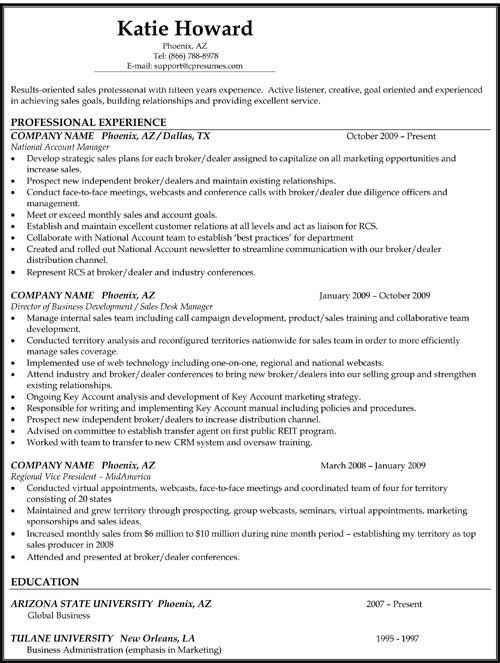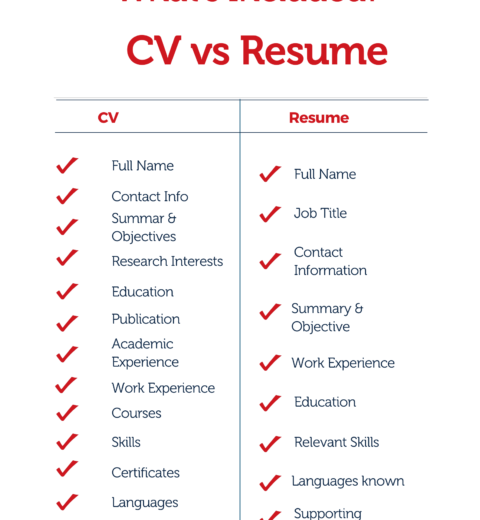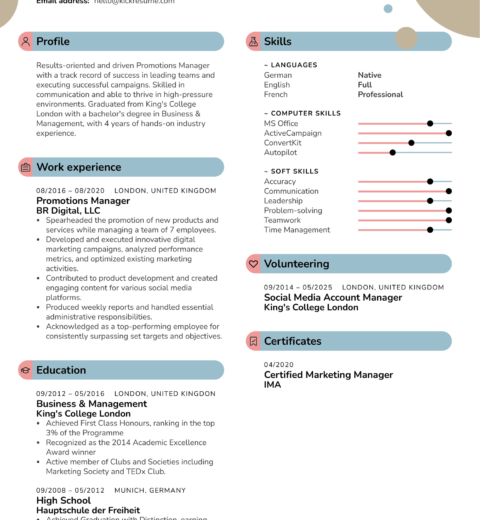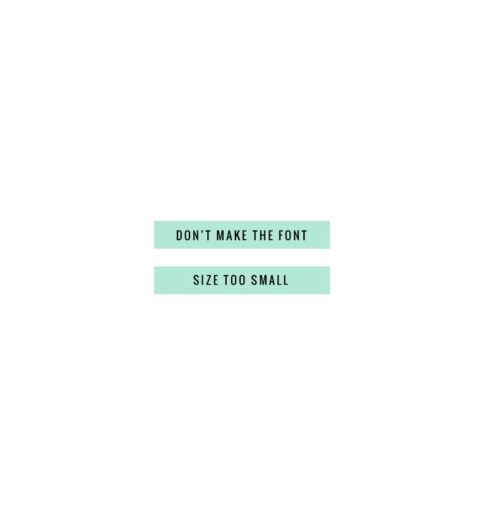When it comes to composing a resume, the digital landscape often dictates what information should be prioritized. One of the most pivotal inquiries candidates face is, “How many years of experience should I put on my resume?” This question transcends mere numbers; it touches on strategy, intention, and branding that can ultimately shape a candidate’s professional persona.
Determining the right quantity of experience to showcase hinges on several factors, most notably the job’s specifications, industry standards, and individual career trajectories. A nuanced understanding of these elements will significantly enhance the efficacy of a resume, making it not merely a list of qualifications but a compelling narrative of professional evolution.
To begin with, consider the job description. Each position has its own set of prerequisites that can drastically influence how much experience is deemed necessary. For instance, a junior-level role may only require one to three years of experience, whereas a senior managerial position might necessitate a decade or more. Thus, aligning your experience with the role in question helps to convey suitability and readiness for the challenges ahead.
Another salient factor is industry standards. Certain sectors, such as technology or creative fields, may prioritize skill and portfolio over years spent in a position. In this respect, demonstrating a wealth of projects or specialized competencies can sometimes outweigh traditional experience metrics. Conversely, more conservative fields like finance or healthcare often espouse a different doctrine: longevity in roles is frequently equated with reliability and stability. Researching common practices within your desired industry is vital to tailoring your resume appropriately.
Furthermore, your own career journey plays a pivotal role. Consider the breadth and depth of your experience. An individual with ten years of work in various capacities and projects may find themselves at an advantage over someone with fifteen years confined to a singular position or role. Articulating a diverse background can highlight adaptability, a characteristic that is invaluable in today’s job market.
When deciding how many years to present, one must also contemplate the potential risks and rewards of including, or omitting, specific experiences. Including all years worked can be tempting; however, irrelevant positions or experiences that lack a connection to the job at hand could dilute the potency of your resume. Often, it is more beneficial to curate your experience strategically, focusing on positions relevant to the prospective role. This approach not only streamlines your professional narrative but also enhances clarity and impact.
While crafting your experience section, be cognizant of how you frame your years of service. Statements should reflect progression and skill acquisition rather than merely the passing of time. For example, describing not just the positions held, but the growth attained during those years can be particularly compelling. Highlight achievements and contributions made during each tenure, thereby contextualizing the experience within a narrative of success and capability.
The aesthetic appeal of a resume should not be overlooked either. A well-structured document, complemented by clear headers, bullet points, and an enticing layout can captivate hiring managers. Your experience, no matter how substantial, may fall flat if not presented appealingly. Incorporating elements such as concise language and active verbs can enhance readability, making it easier for hiring decision-makers to grasp your professional background quickly.
Additionally, reflecting on past job responsibilities and achievements can foster insight into the particular skills amassed throughout your career. Such reflective practice encourages not only a better understanding of what should be included in your resume but also prepares you for potential interview questions. Showing a deep engagement with your professional history can set you apart in a competitive job market.
It is also worth noting the rise of the chronological vs. functional resume debate. While traditional wisdom suggests a chronological format, a functional resume, emphasizing skills over years, can be an advantageous alternative, especially for those with gaps in employment or varied career paths. This strategy allows individuals with more extensive experience to showcase their qualifications without conflating them with time itself.
Lastly, one must remain aware that the decision of how many years to disclose should also consider the positioning of yourself as a candidate. Younger professionals might feel insecure about having fewer years of experience, yet they possess modern skill sets and fresh perspectives that seasoned professionals may lack. On the other hand, more experienced candidates should avoid overinflating their career history; relevance, rather than sheer duration, will always carry more weight.
In conclusion, the question of how many years of experience to include on a resume is not merely a mathematical calculation—it is a strategic decision that encompasses job relevance, industry expectations, personal career growth, and the aesthetic presentation of one’s professional narrative. By crafting a resume that highlights not just years, but also achievements and acquired skills, candidates can fortify their position in the competitive realm of job seeking. Ultimately, the answer lies in harmonizing quantity with quality, thus creating a more compelling case for your candidacy.




